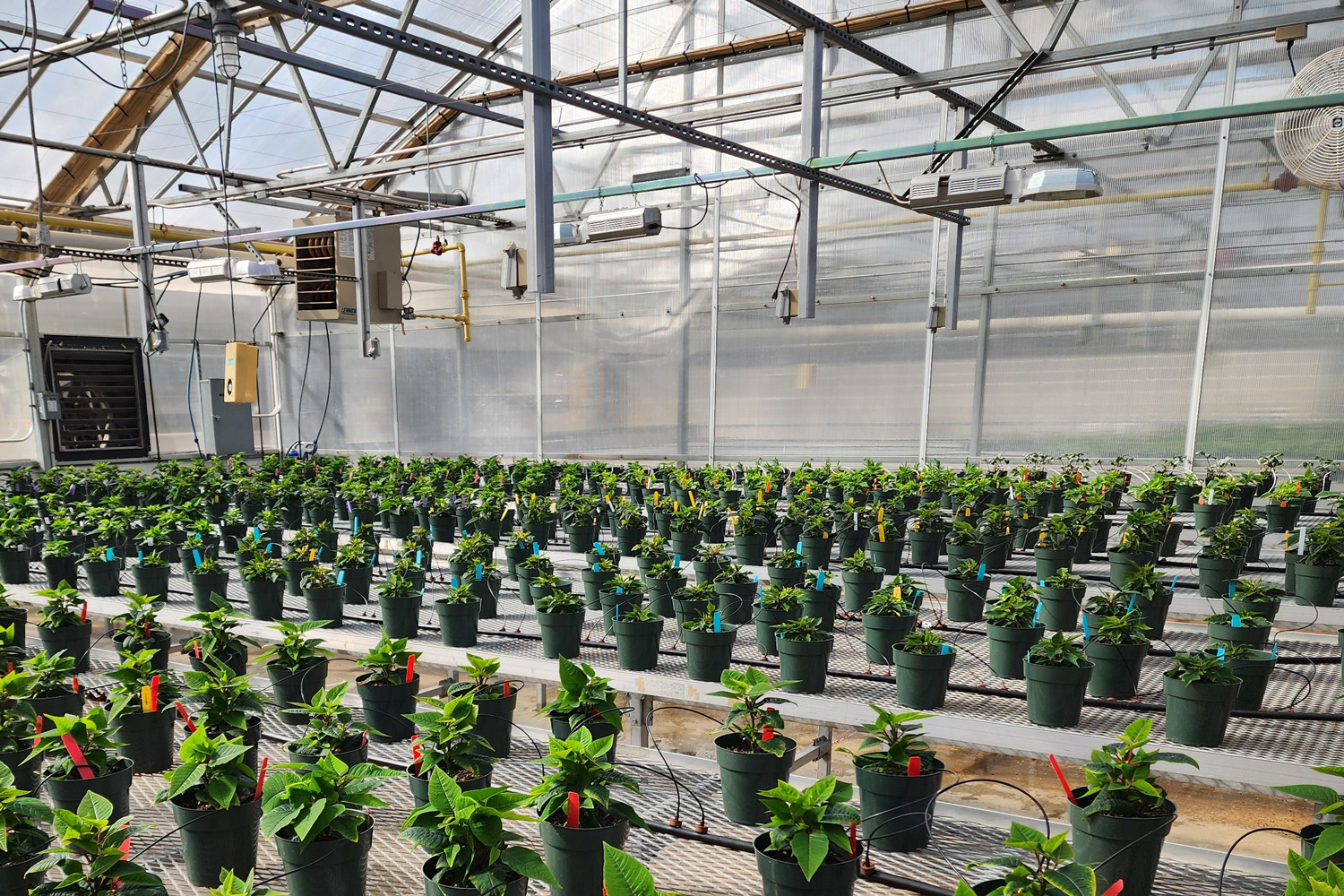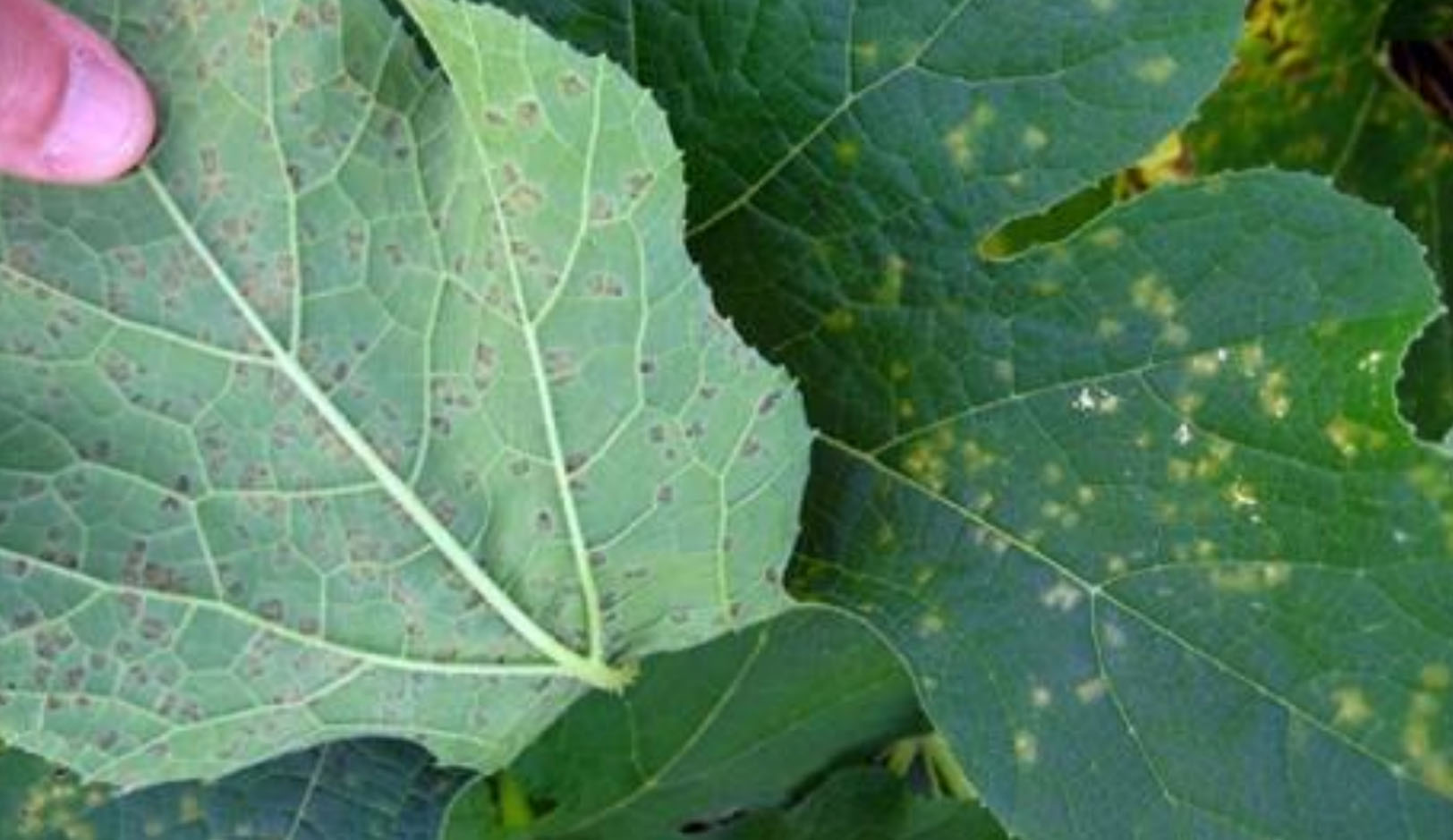Home
The University of Georgia Putnam County Cooperative Extension office extends lifelong learning to Georgia citizens through unbiased, research-based education. See more information about our services in
Agriculture, testing services, gardening, and the environment
4-H youth development programs
Food, health, finances, communities, and families
Upcoming Events
-
Dec 30 Beginner to Expert: Learn About the Top 10 Reptiles and Amphibians as Pets This is your chance to get up close and personal with some of nature’s most fascinating cold blooded creatures. In this lively, in-person workshop, you’ll meet different species of reptiles and amphibians — from beginner level companions to the more challenging exotics — with insights on their unique needs, personalities, and habitats. You will also have the rare opportunity to touch and interact with a few under supervision. Let guest speaker, Keelin Klein, UGA student and herpetology enthusiast, provide a deeper understanding of these neat animals, practical care tips, and maybe even introduce you to a new favorite scaly or slippery friend. This program qualifies for Master Gardener continuing education credit.
- Lawrenceville, GA - (57.0 Miles)
-
Jan 13 Do it for the Plot: Journaling and SMART Goals Turn ideas into action with a creative journaling and SMART-goal workshop. You’ll leave with a 90-day action plan — and a journal that feels like your new hype partner. Participants will take home mini journals and prompts. Snacks and mocktails included
- Decatur, GA - (61.0 Miles)
-
Jan 27 Good Vibes: Green Cleaning and Decluttering Learn simple eco-friendly swaps and quick decluttering rituals that clear your space and your mind. Your home should vibe how you do — clean, calm, and full of good energy. Participants will take home a custom room spray and all purpose cleaner. Snacks and mocktails included.
- Decatur, GA - (61.0 Miles)





